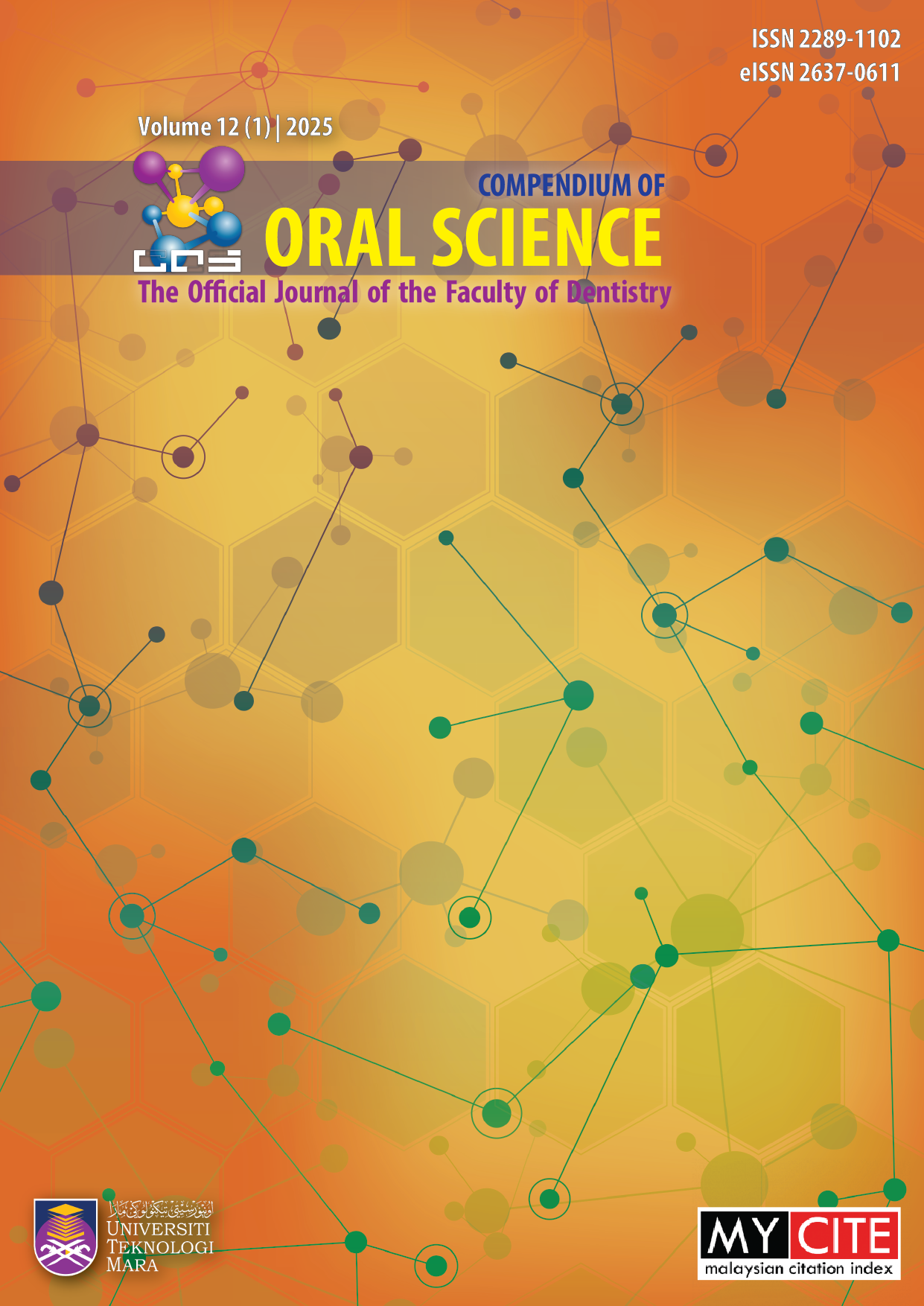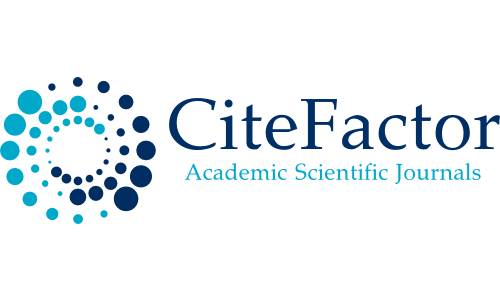Parental Perceptions of Early Childhood Oral Health in Relation to Children’s Caries Experience: A Cross-Sectional Study
DOI:
https://doi.org/10.24191/cos.v12i1.5646Keywords:
children, parents, knowledge, attitude, oral healthAbstract
Recognizing parental perception about early childhood oral health holds significance for crafting effective preventive strategies, given that parental actions and habits frequently exert considerable influence on their children's dental well-being. The aim of this study was to evaluate parental knowledge and practice in the prevention of dental caries in young children and to investigate the possible association between parental knowledge and practices and their children’s caries status. Methods: A cross-sectional study was conducted among parents who brought their children under the age of six (n=330 pairs) to the Paediatric Dental Clinic at Universiti Teknologi MARA, Malaysia. The children underwent a comprehensive dental screening while the parents completed a questionnaire regarding their child’s oral health. Data were analyzed using descriptive statistics and bivariate analysis. Results: The prevelence of early childhood caries was 76.8% and the mean dmft index was 5.50±4.88. Overall, 97.2% of parents recognized the importance of the primary teeth. However, only 46.2% were aware that the first dental examination should occur 12 months and only 66.3% believed that decayed primary teeth should be restored. Conclusion: While many parents acknowledged the importance of primary teeth, they lacked sufficient knowledge about how to appropriately address carious teeth and the recommended time for the first dental visit. Therefore, parents should receive appropriate anticipatory guidance and also come to appreciate the benefits of early dental visits in preventing caries and promoting the well-being of their children.
Downloads
Published
How to Cite
Issue
Section
License
Copyright (c) 2025 Compendium of Oral Science

This work is licensed under a Creative Commons Attribution-NonCommercial 4.0 International License.
Materials contained in the journal may be reproduced for educational purposes provided that both the author(s) and the journal are appropriately recognised; otherwise duplication is not permitted. No articles, reports, or portions there of may be translated into other languages, published in books, journals, magazines, or any other print form without written permission from the authors and from the journal.
Disclaimer: The statements, opinions and data expressed in the articles and reports herein are those of the author(s) and not of the publisher and the editor(s). The publisher and the editor(s) disclaim responsibility for any injury to persons or property resulting from any schemes, methods, instructions or ideas referred to in the content.















